Identification of important sugars in waste saffron by researchers in the country
Over the past few decades, the use of plants with a variety of applications, such as pharmaceutical and industrial, has grown in the midst of human societies. Herbal remedies are used to treat many diseases, which are among the most important medicinal plants in this saucepan called Crocus sativus.
Saffron is an indigenous and valuable Iranian herb which has a significant role in the economic and social situation in the southern and central Khorasan regions. However, the only part used is saffron, stigma, and the bottom of the flower, and the rest is disposed of as waste, and so far only saffron waste has been isolated from non-volatile compounds, flavonols and anthocyanins.
Researchers from our country from Birjand University have conducted a research in order to better utilize the waste of this important plant, the results of which have been published in two saffron research quarters published by the same university.
In this study, researchers collected saffron waste from farms around Birjand. Then, extracts of methanol, ethanol and water were prepared separately from the petals and frozen flag of the plant. Carbohydrate quality tests were performed through various tests. Then, with the aid of suitable solvents and by the so-called TLC method, the sugars were extracted from the waste, and finally the type of these sugars was determined using a gas chromatography-mass spectrometer (GC-MS).
Based on the results obtained from the GC-MS technique and its detached fragments based on the spectrum obtained, the researchers were able to prove the presence of two sugars called D-Alves and Lugluccane in saffron waste for the first time.
“Loglucosan” is an organic compound that is made up of carbohydrates such as starch and cellulose, and is used as a chemical tracer for burning biomass. Alves is also one of the rare sugars. Although this sugar is found in tissues of a group of plants, its role and metabolism in plants are not well known. In general, carbohydrates are critical molecules that carry energy in the human body.
According to the executives of this research, “Given that there are about 70,000 hectares of saffron farms in Razavi and South Khorasan provinces after separating the product from saffron, separating and identifying active ingredients in saffron waste is important”.
The researchers said: “Given the medicinal properties of saffron and the identification of two beneficial carbohydrates, it is suggested that more extensive studies be carried out on the identification of active and important compounds in saffron waste. In addition, with the help of the results of this study, more research can be done to identify the metabolism of Alvez sugar in other plants.
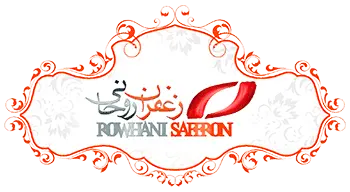
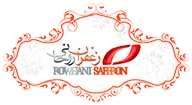
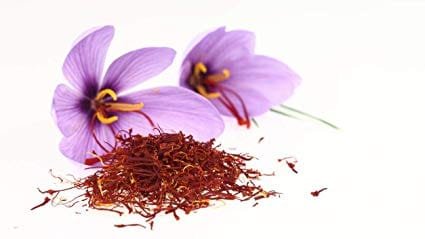
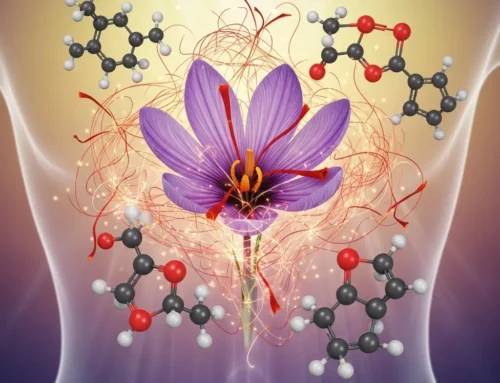


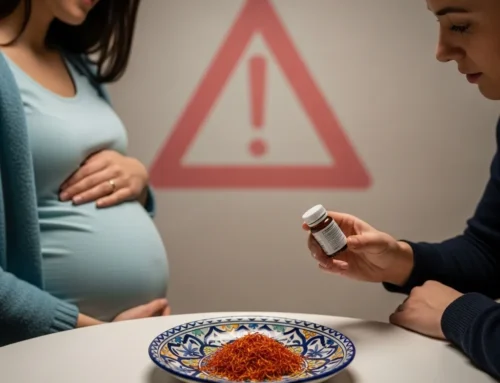

Get Social